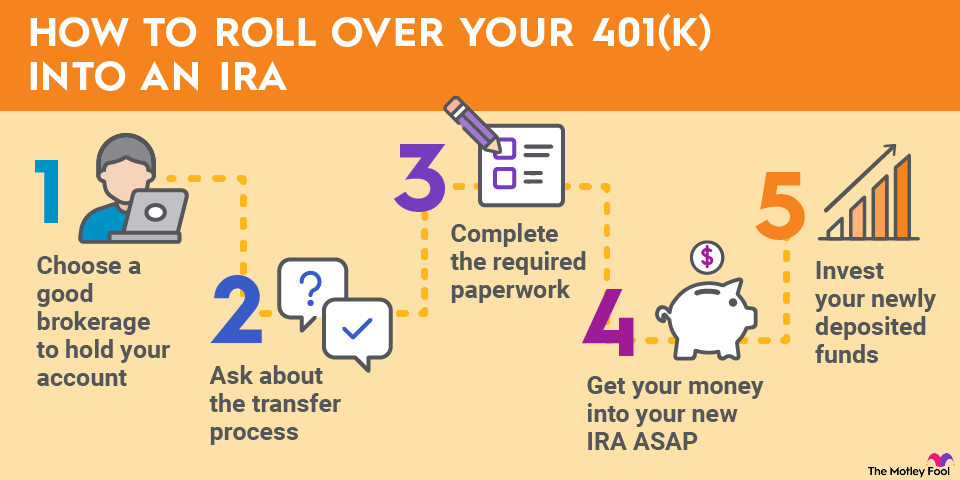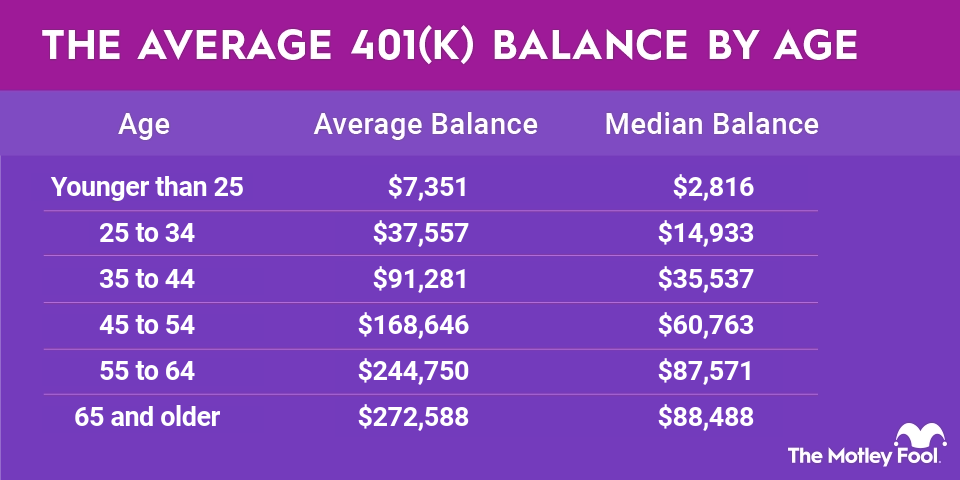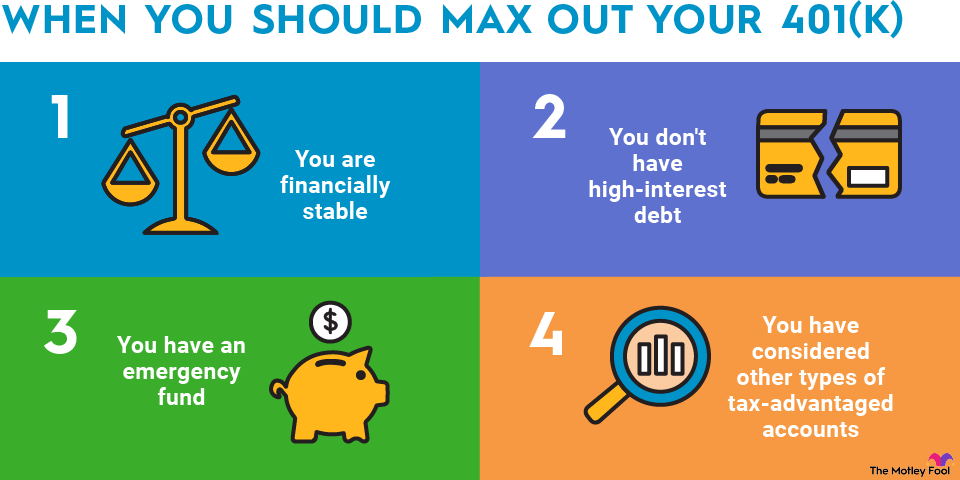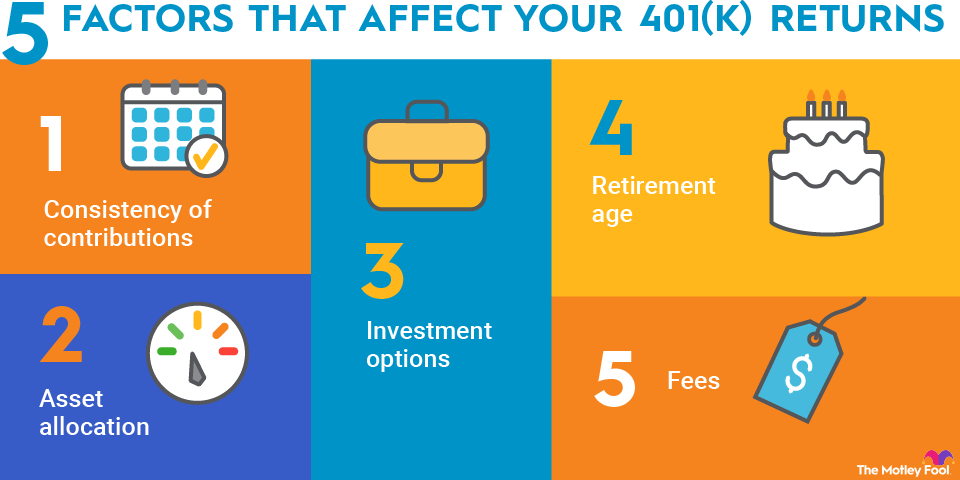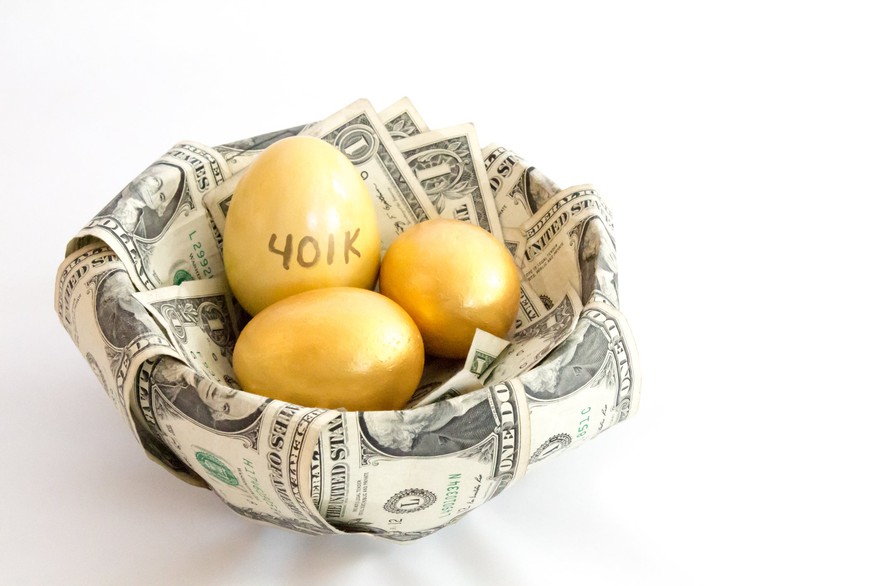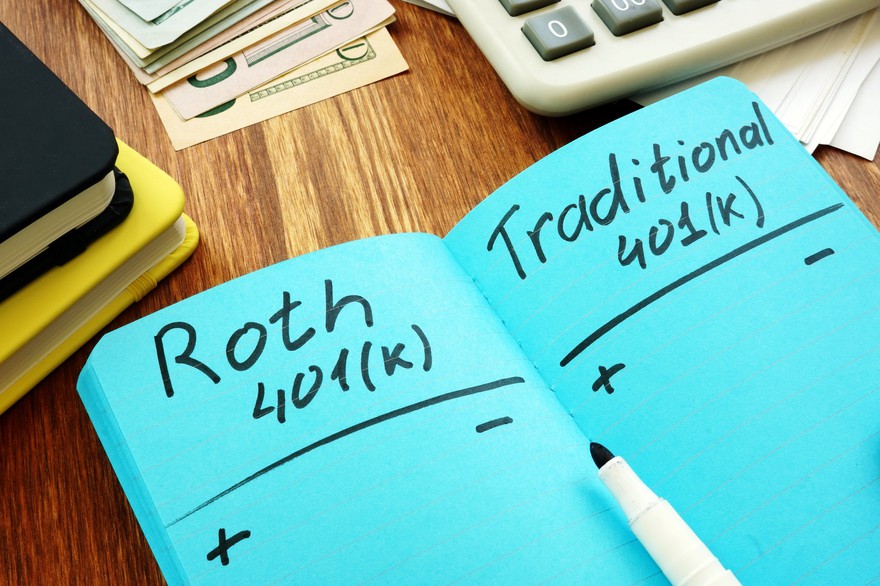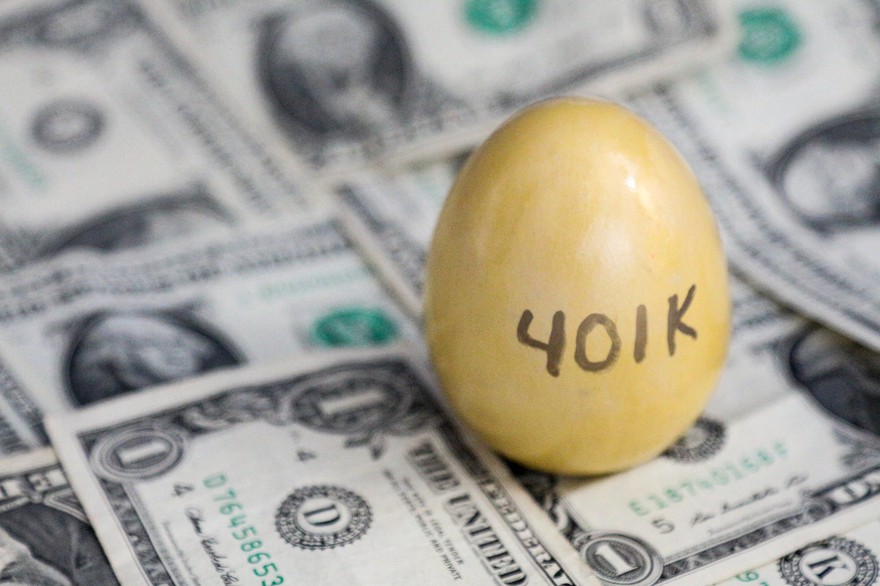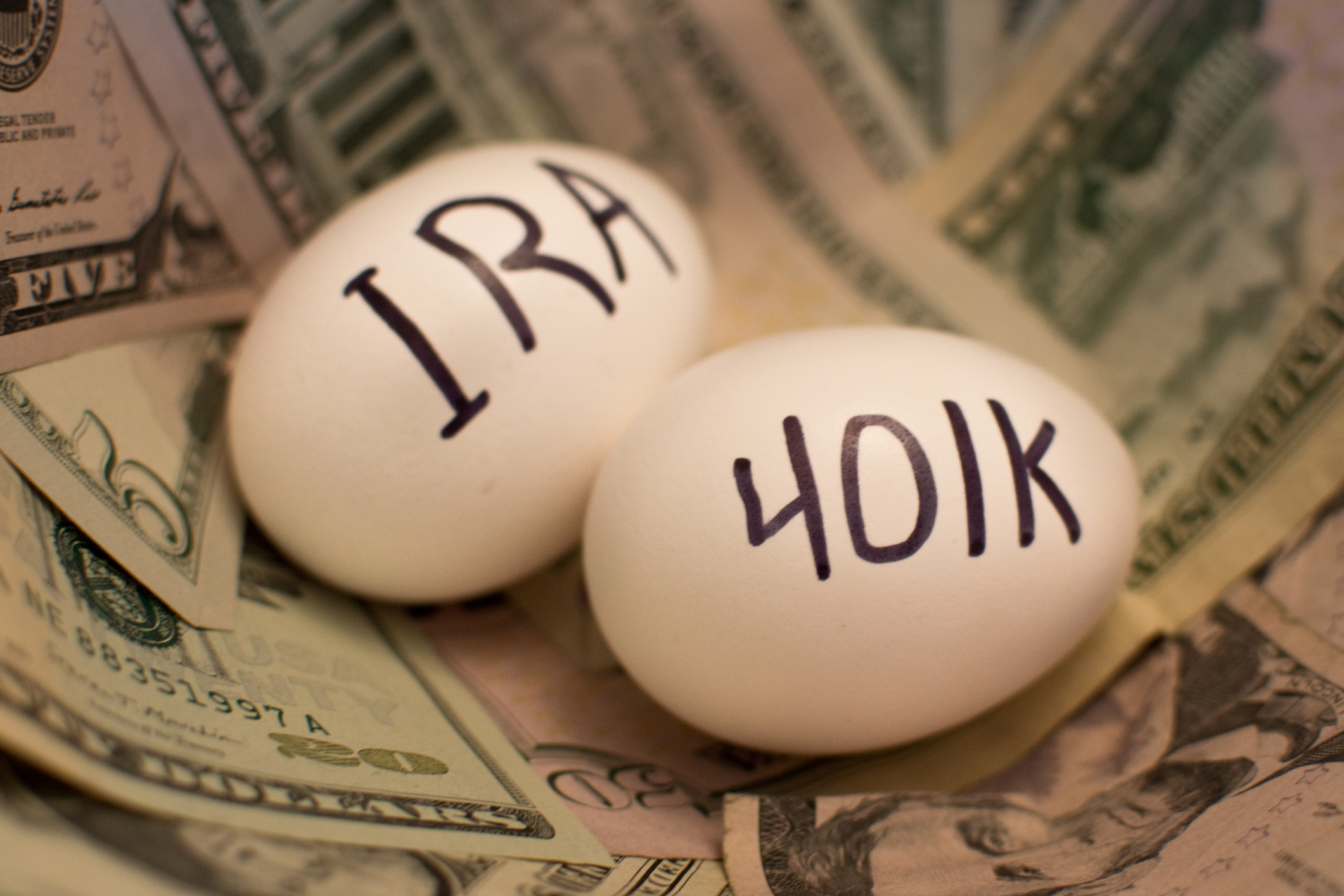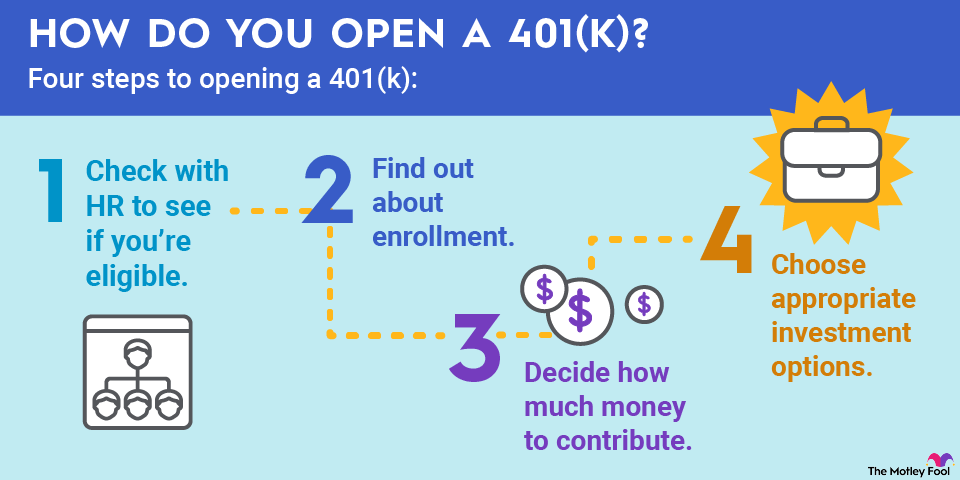If your employer offers a 401(k) plan, there may still be room in your retirement savings for a Roth IRA. You can contribute to both a 401(k) and a Roth IRA, but there are certain limitations you'll have to consider.
This guide will cover how to determine your eligibility for a Roth IRA. You'll also learn how much you can contribute, how to work around eligibility restrictions, the flexibility of saving in a Roth IRA versus other individual retirement accounts, and the benefits of saving in both a 401(k) and a Roth IRA.

Eligibility rules for Roth IRAs
Your Roth IRA eligibility depends on your modified adjusted gross income (MAGI) and tax filing status. That means adding up your wages, interest earned (including qualified savings bonds), dividends, capital gains, and other income. While you'd normally subtract items such as student loan interest or tuition and fees, you won't for the purposes of determining your MAGI for a Roth IRA.
Once you've determined your MAGI, compare it to the following table to determine your eligibility. There are separate limits for full and partial Roth IRA contributions.
Tax Filing Status | Roth IRA MAGI limits (2025) | Roth IRA MAGI limits (2026) |
|---|---|---|
Married, filing jointly or qualifying widow(er) | $236,000 for a full contribution, $246,000 for a partial contribution | $242,000 for a full contribution, $252,000 for a partial contribution |
Single, head of household, or married filing separately, and you didn't live with your spouse at any time during the year | $150,000 for a full contribution, $165,000 for a partial contribution | $153,000 for a full contribution, $168,000 for a partial contribution |
Married, filing separately, and you lived with your spouse at any time during the year | $0 for a full contribution, $10,000 for a partial contribution | $0 for a full contribution, $10,000 for a partial contribution |
Contribution limits for Roth IRAs
For individuals under 50, the Roth IRA contribution limit is $7,000 in 2025 and $8,000 in 2026. If you're 50 or older, you can make additional catch-up contributions of up to $1,000 in 2025 and $1,100 in 2026.
As mentioned earlier, Roth IRAs have full and partial contribution limits. If your MAGI is above the limit for a full contribution, then you'll only be able to make a partial contribution. Here's how to calculate your partial contribution amount:
- Take the maximum income limit for your filing status and subtract your MAGI. For example, if you're single and earned $156,000 in 2025, you'd subtract your earnings from the $165,000 income limit, which would result in $9,000.
- If you're married and filing jointly or filing separately and live with your spouse, take that number and divide by $10,000.
- Otherwise, divide by $15,000. Using our example, you'd divide $9,000 by $15,000, which would result in 0.6.
- Multiply the resulting percentage by $7,000 (or $8,000 if 50 or older). That's your 2025 contribution limit for a Roth IRA. If you're younger than 50, using our example, your maximum contribution is $7,000 multiplied by 60%, which is $4,200.
Contribution limits apply to all IRAs, but the income limits for the Roth IRA apply only to Roth IRA contributions. You could still contribute to a traditional IRA up to the annual limit. Those contributions won't be tax-deductible, though, if your Roth contributions are limited by your income and you have a 401(k) at work.
How the backdoor Roth IRA strategy works
Savvy savers can still get money into a Roth IRA even if they're not eligible to contribute to one directly. They can utilize the backdoor Roth IRA strategy. This involves making a nondeductible contribution to a traditional IRA and converting those funds into a Roth IRA.
If you have other IRA accounts with pretax contributions in them, you'll have to mind the pro rata (or aggregation) rule. This makes the backdoor Roth strategy ineffective. You can get around the problem if your work 401(k) allows rollovers from an IRA. Roll over your pretax IRA funds into the 401(k) and then use the backdoor Roth conversion.
Benefits of Roth IRAs
If you meet the income requirements for contributions, there are two compelling reasons to use a Roth IRA for retirement savings.
- Tax diversification: Your withdrawals of contributions and earnings after the age of 59 1/2 are tax-free as long as you've had the account open for five years or more. Your 401(k) and traditional IRA withdrawals, on the other hand, are taxable.
- Estate planning: Roth IRAs are not subject to required minimum distributions (RMDs). If you don't need the money for expenses, you can leave it in the account to bequeath to your loved ones.
Withdrawal rules for Roth IRAs
One of the biggest advantages of a Roth IRA over other retirement savings accounts is the ability to access contributions at any time. A Roth IRA can be a good vehicle to save for preretirement goals if you otherwise wouldn't contribute to an IRA.
Assuming you're eligible for Roth IRA contributions, let's say you deposit $9,000 over three years. You invest those contributions in low-cost mutual funds, and your balance eventually grows to about $13,000. At that point, you decide to buy a car. You can withdraw up to $9,000 from the account without explanation or penalty. You can't touch the $4,000 in earnings unless you want to pay income taxes plus a 10% penalty.
There are several exceptions to the Roth IRA early withdrawal penalty. Exceptions include:
- A first-time home purchase, up to a $10,000 lifetime maximum
- Qualified higher education expenses
- Certain emergency expenses
- Unreimbursed medical expenses or health insurance if you're unemployed
If you use the backdoor Roth strategy, you can access conversions after five years. You can use conversions to gain access to your traditional pretax retirement accounts early without paying a penalty if you strategically convert funds five years before you'll need them. You'll still owe taxes on the funds at the time of conversion.
Related retirement topics
Benefits of having both a 401(k) and a Roth IRA
Using both a 401(k) and a Roth IRA to save can be a great option for individuals looking to maximize their contributions to tax-advantaged retirement accounts.
If you're a higher-income earner on the edge of qualifying for a Roth IRA contribution, making a 401(k) contribution could push you under the income limitations since those contributions don't count toward your AGI. That would open the door for more flexibility with short-term savings in a Roth IRA.
Ultimately, an employer-sponsored 401(k) shouldn't prevent you from getting money into a Roth IRA. While you should consider any other options at your disposal, maximizing the amount of money in your tax-advantaged savings accounts is usually a good strategy for a healthy retirement.

